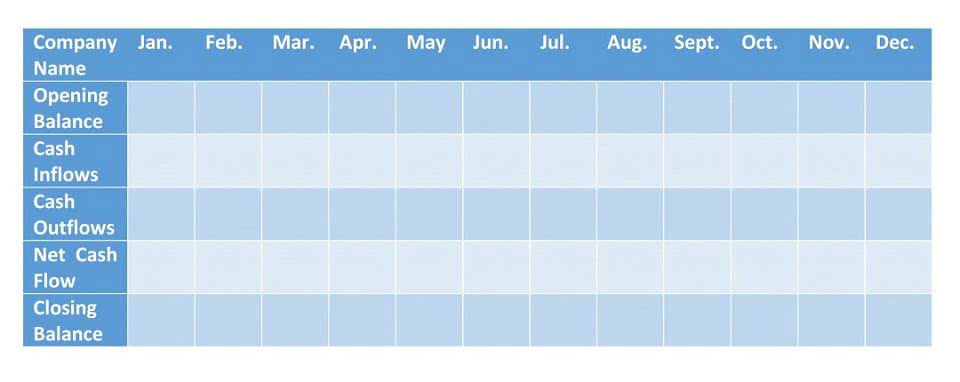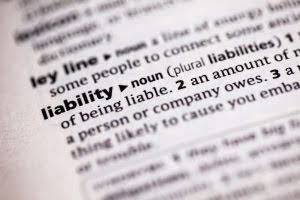A strong capital base ensures the capability to meet obligations, support growth and manage risks. Investors, creditors and management use the capital figure to make business decisions. So, it’s necessary to learn how Accounting for Technology Companies to find capital in a balance sheet accurately. These may include loans, accounts payable, mortgages, deferred revenues, bond issues, warranties, and accrued expenses. Liabilities are debts that a company owes and costs that it must pay to keep running.
- It’s important to note that working capital and total assets are not classified as capital.
- Equity for a start-up business is often derived from founders’ investments or external funding sources, such as venture capital or angel investors.
- This is the value of funds that shareholders have invested in the company.
- It should be paired with other metrics to obtain a more holistic picture of an organization’s standing.
- Total liabilities are obtained by adding current liabilities and long-term liabilities.
Can the balance sheet formula change over time?
Long-term liabilities are obligations that are due for repayment over periods longer than one year. Companies may have bonds payable, leases, and pension obligations under this category. If the company ever needs to be liquidated, SE is the how to calculate total equity amount of money that would be returned to these owners after all other debts are satisfied. Accounts Payables, or AP, is the amount a company owes suppliers for items or services purchased on credit.
What Is Included in the Balance Sheet?
Hence, equity is the portion of the total value of a company’s assets that you, as the owner, can claim. Business growth can have a positive impact on equity as it often leads to increased revenues, profits, and asset values. Conversely, business decline or financial challenges can have a negative impact on equity as it may result in reduced revenues, losses, and asset write-downs. For example, if a Online Accounting company takes on a loan of $50,000, it would increase the company’s total liabilities by $50,000.
- As a fund moves through these steps, its total amounts after each calculated situation resolve themselves into a more limited fund.
- The formula to calculate shareholders equity is equal to the difference between total assets and total liabilities.
- It represents the difference between total assets and total liabilities.
- We serve on FDI advisory, cross-border accounting, International tax planning and Management consulting needs of our overseas clients all over the world.
Formula and How to Calculate Shareholders’ Equity
Knowing the difference between current and non-current assets is crucial. It affects how we view a company’s liquidity and overall financial health. Rearranging the accounting equation helps in understanding equity accounting better. Subtract the company’s total liabilities from its total assets to determine its total equity.
Accounting Equation: What It Is and How You Calculate It
Shareholders consider this to be an important metric because the higher the equity, the more stable and healthy the company is likely to be.
Average Total Equity
Depending on the company, different parties may be responsible for preparing the balance sheet. For small privately-held businesses, the balance sheet might be prepared by the owner or by a company bookkeeper. For mid-size private firms, they might be prepared internally and then looked over by an external accountant. The image below is an example of a comparative balance sheet of Apple, Inc. This balance sheet compares the financial position of the company as of September 2020 to the financial position of the company from the year prior.
- That’s why it’s crucial to understand how equity is calculated and what it means.
- This metric is essential for creditors and stakeholders to assess the company’s liquidity risk.
- Some call this value “brand equity,” which measures the value of a brand relative to a generic or store-brand version of a product.
- Therefore, the equation reflects the principle that all of a company’s resources (assets) can be paid in one of those two ways.
- For example, if you are launching a new product or service, you can observe changes in equity by generating financial statements through the software.
- Conversely, a declining trend may prompt further investigation into the company’s operations and strategy.
By preparing an owner’s equity statement, businesses can effectively track and report changes in their equity, ensuring transparency and accuracy in their financial records. Streamline financial operations with Australia accounting outsourcing. These may include Treasury bills and certificates of deposit (CDs).
A company with a current ratio above 1 is typically considered more financially stable. Net Current Liabilities arise when a company’s current liabilities exceed its current assets. This situation implies that the company may face challenges in covering its short-term obligations, potentially leading to liquidity issues.






